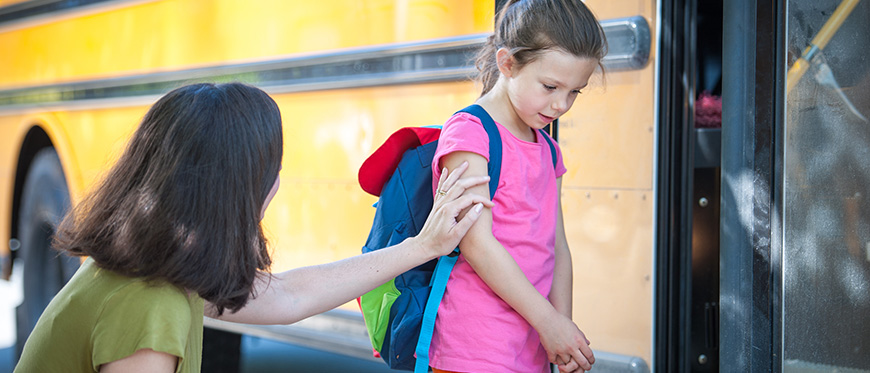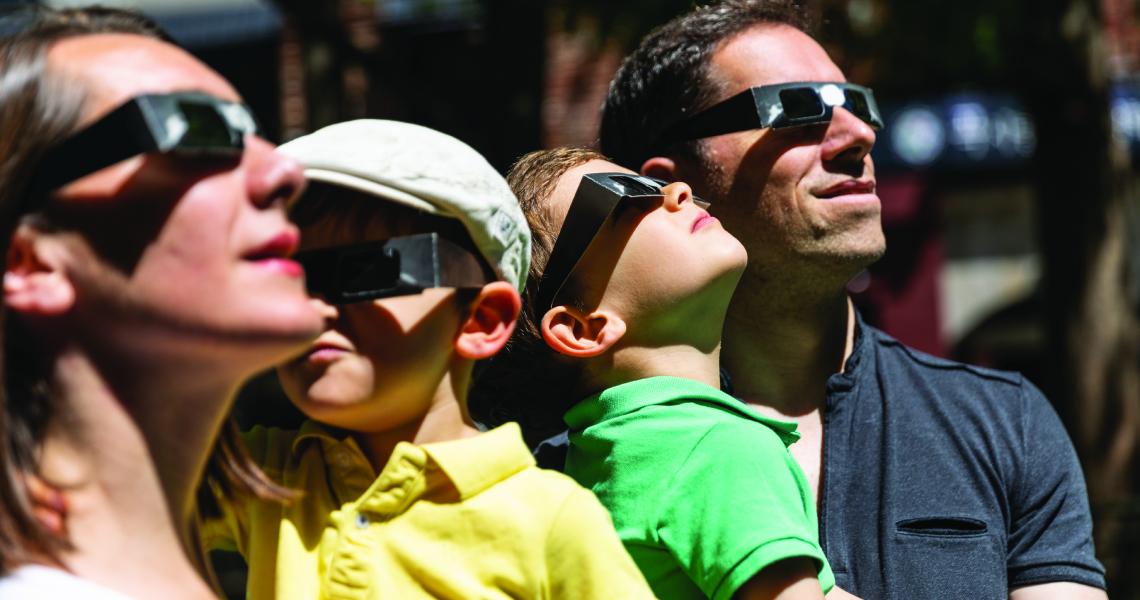By Sara Pawlowski, MD, is a child and adolescent psychiatrist at the University of Vermont Medical Center. (This blog was reprinted by permission from the University of Vermont Medical Center HealthSource blog.)
Every child approaches the world in which they live in in their own unique way. Whether a kid approaches a new school year like a great adventure or a scary one is all about those differences. You may have heard of the difference between introverts and extroverts. There are also many psychiatrists who see kids as showing early personality differences beyond this.
Experts think there are three core ‘baby types’ that are present from day one of life: easy babies, difficult babies, and slow to warm up babies. They also see that this sticks with age.
If you think back to yourself in the first grade, you may remember how you felt and acted. Were you excited for the new school year or did you dread it? Did you raise your hand high or wait to be called on? Did you run out to play kickball or choose the sensible swing set? There is an old saying that your personality may change from year to year, but the core parts of your personality as an adult may not be that different from that kid-version.
For the ‘slow to warm up’ or more ‘difficult’ types, back to school can provide lots of worries. Naturally, any transition leads to worry and anxiety. It’s like whiplash to go from a stress-free summer to back-to-school. Everyone feels this to some degree. As the summer comes to a close in Vermont, parents and children start to wonder not just when we should unearth our sweaters from storage, but we also start to wonder, how will back-to-school go?
The worries are endless – if I start listing them, you may be able to remember a few: will so and so sit next to me or not, will my friends be in my class, will my locker be next to that person (because that would be terrible!), will I struggle, will people like me, what will my new school-days be like, what will my teacher be like? And for kids who have struggled in school in years before, that can be even more intense.
We call this ‘anticipatory anxiety.’ It’s the anxiety that creeps of something new and scary that hasn’t even happened yet. At its worst, it can delay us from preparing for school in a productive way that would really ease all that inner anxiety.
As author, Shannon L. Alder, writes: ‘Worry is like a roller coaster ride that you think will take you somewhere, but it never does.’ Rather than worry about the start of school, here are some tips for how to prepare for the new school year so it can be the best one yet.
Return to the school-year routine sooner rather than later.
Summer changes our schedules, especially bedtimes. Before school starts, gently reset your bedtimes like this: set a target bedtime and every week, try to go to sleep earlier by 15 minutes. This gives your body a chance to ease back into the earlier bedtime and wake-up times.
When many children are anxious, they often do not sleep well and don’t have the same appetite. They may try to go to bed later in order to get in more fun-time before school happens again or want to skip meals because they don’t feel hungry. Try to stick to routines. Get everyone in the family into it!
This is all part of a planned “letting go” of summer. Many people and their bodies, big and small, adapt better with more gradual and gentle change.
Prepare in big ways and small.
For younger children, practice what you can. For kids using a bus, for the first time, practice going through the motions – you can take the route in your car. Visit the new classroom. Walk through the halls. Do it with a favorite friend. It can provide that extra level of comfort. The kid can say in their mind, “I did this before and I can do it again.”
You can also prep in smaller ways, like choosing outfits the night before school. Children tend to notice more of their clothing when they are anxious – if something doesn’t fit or is too tight or scratchy, their senses are heightened by anxiety and it can bother them more. Plan for them to wear a favorite soft tee shirt and other comfortable tagless items in the beginning.
Also, shop for school supplies together. Make it a fun trip. Allow them a special school item that gives them a little bit of delight like a favorite color eraser or a cool notebook to bring in each day.
Validate their worries and coach them to see the potential for joy in a new school year.
Simple phrases like “it will be great” and “stop worrying over nothing” don’t meet kids where they are and often fall flat. They may just nod and smile so you feel reassured that you have reassured them! In order to really address their worries, listen and give space for them to talk. Worries can also overshadow all of the potential fun and joy in something new, including a new school year. Ask them about what they may be looking forward to engage them differently with their worries.
Manage your own anxiety.
A child will look to you as a parent to see how they should feel in a situation. Kids are like sponges that can pick up on anxiety in you and in a room. If you are worried for them, they may take this as a cue that they have something to worry about. Try to say goodbye once. Don’t give attention to screams and cries– despite how heart wrenching that can be – they only result in more of the same for longer. Try to always check on your own anxiety barometer and remain calm (even if inside you feel differently)!
Don’t avoid it.
It’s well known that avoiding something that is new provides some initial relief. But over time, it leads to more anxiety. Think of avoidance as giving the message to your brain that something is too scary to do and must be avoided because it’s a danger. Over time with these messages, a kid’s brain can start to believe it! We call it the “anxiety-avoidance loop” and it’s a basic tenet of therapy that we do with young kids with anxiety disorders called cognitive behavioral therapy.
Even worse, the initial relief from avoiding school can become more and more addictive and lead to more and more missed days of school. You can try setting the expectation that avoidance is not the answer by saying, “I know that this is hard for you, but you still need to go to school. You will have lots of support because many kids go through this.”
Know your allies.
Teachers have worked with all sorts of kid types – from the easy to challenging to slow to warm up. They can help figure out how to approach a new school year with your child in a way that works for them and brings out the best in them.
Sara Pawlowski, MD, is a child and adolescent psychiatrist at the University of Vermont Medical Center. Her clinical interests include the prevention of child maltreatment, bullying, adolescent and college student mental health and psychodynamic psychotherapy.





